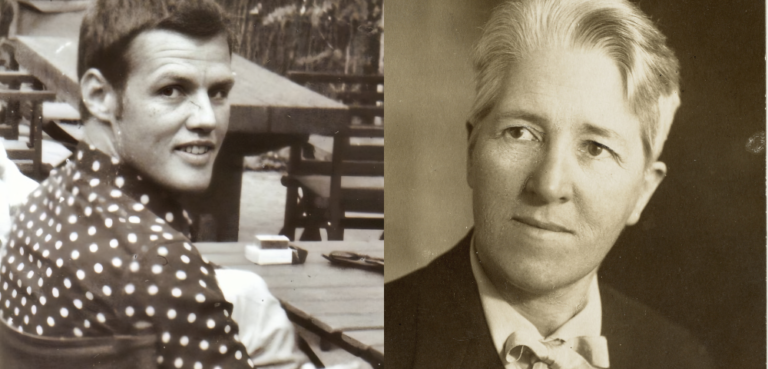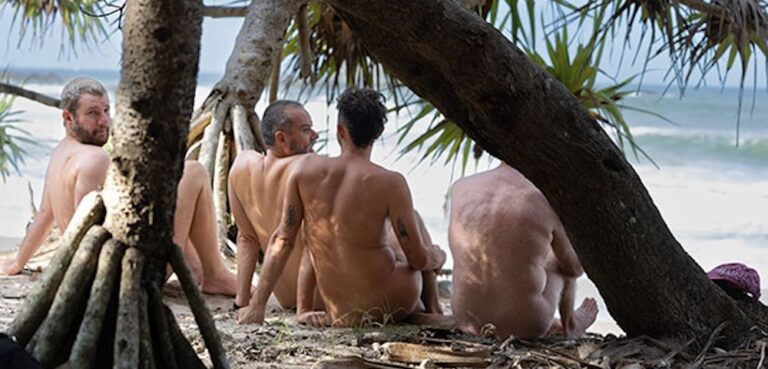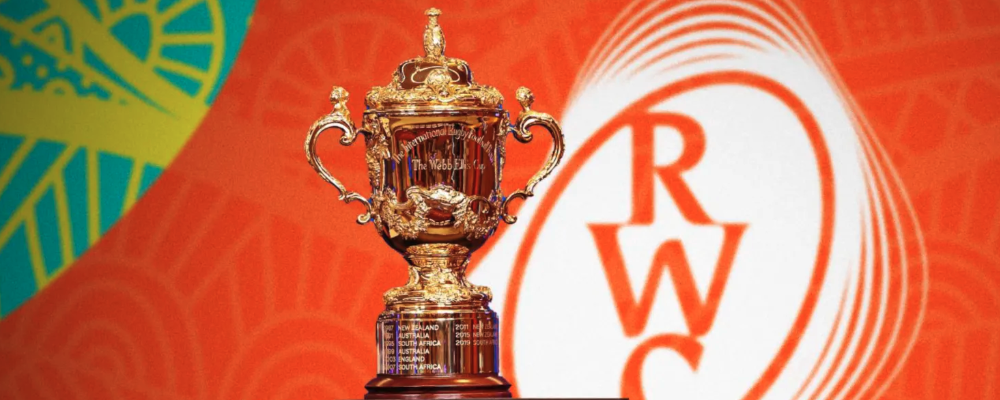
Youth For Change Face Difficult Climate
Anna Rose and Amanda McKenzie, co-directors of the Australian Youth Climate Coalition, led a team of 20 Australian youth delegates to the climate change conference at Copenhagen in December. They came back disappointed with the results but not despondent.

Rose, 26, sums up Copenhagen as a frustrating game of poker in which major polluters kept their cards behind their backs and put little on the table. The Copenhagen Accord itself – the dismal two-and-a-half page outcome of that massive talkfest that the UN has since acknowledged was a failure – met none of the three major criteria environmental NGOs and developing nations expected after two years of intense negotiations.
Fairness, ambition and legally binding obligations were all absent from the final text in Denmark, as were adequate funding for immediate global action, government guarantees, firm emission targets and time limits.
“Governments won’t aim higher than their citizens demand,” says Rose, who now sees 2010 as a year for intense campaigning to re-energise a popular movement that seems to have lost ground and self-belief in the face of market chaos, political near-betrayal by the first government to be elected with a mandate for climate action, and resurgent flat-earth climate denial.
The Australian Youth Climate Coalition (AYCC) hopes to change that trajectory. Made up of Australians, mainly aged 15-25 from high schools, TAFEs, workplaces, campuses, towns and cities around Australia, its mission is to build a generation-wide movement to solve climate change.
The group began less than three years ago and has gone from strength to grassroots strength since. In the early days, Rose was a highly motivated uni student, working with others to lay foundations for the future. Today, she’s an in-demand spokesperson and organiser, preparing thousands of young environmental voters across Australia for an election year fraught with greenwash and chest-beating climate sceptics.
Rose concedes that last year the environment movement needed to engage with and actively debunk those climate sceptics instead of just expecting them to wither in the face of scientific fact. Well-oiled PR spin machines have mastered networking and message discipline, planting misleading sound bytes in American media one day that spout from the mouths of Australian politicians the next, sliding by nearly always unchallenged. But, she says, now is the time to have that conversation, in an open and clear manner, hoping that people unaware of the solid science of climate change can be persuaded to get on board and support calls for action.
Meanwhile, the climate action movement has to regather bewildered, misdirected and exasperated voters. The safe new posture is one of risk management. Rose illustrates with a lunchtime conundrum: 98 respected food scientists warn that your sandwich has been tested and found contaminated by a toxin that will make you very ill if you eat it, while two tell you it’s fine: a simple balance of probabilities suggests you just wouldn’t take the risk.

The young activist predicts we’ll be hearing a lot about the benefits of precautionary action – reduced pollution, increased energy efficiency, better public transport, industries offering more than two million new, diverse jobs in an economy based more on good sense than on carbon.
For example, there are 8000 moving parts in a wind turbine offering opportunities to reinvigorate Australia’s manufacturing industry. Tragically, successive Australian governments have neglected the opportunity for Australia to be a leader in renewable technologies.
“Now is the time for Australia to decide whether we are going to be a technology maker or a technology taker,” said Rose. She lists a half dozen young and successful developers and energy entrepreneurs forced overseas to pioneer their technologies in more conducive markets – places like China, Germany and California.
Despite Australia’s natural advantages, Rose believes we are missing huge opportunities. We will no doubt import innovative technologies and hardware in the future from the same countries to which we are exporting our best talents. In the meantime, the federal government will continue providing $11 billion per year in subsidies to fossil fuel and carbon-intensive industries, regardless of how those tax dollars could be better spent.
But Rose is far from discouraged. She knows the fight will be long and difficult, and that although globally people were discouraged and dismayed post-Copenhagen, they need to recover and regroup for the battle ahead. Rose and her peers, locally and globally, hope to stir a groundswell of voter support to scare governments into real action.
The date for the federal election has not been set but environment groups are preparing their strategies. AYCC has thousands of volunteers ready to go and will be working to raise youth enrolment. Surprisingly, says Rose, only 30 per cent of eligible young Australians are now enrolled.
For Sydneysiders thinking globally but wondering how to act locally, Rose recommends local climate action groups such as those in Balmain and Newtown.
For more information and to donate or get involved, visit the AYCC website at AYCC.org.au.
Youth for









